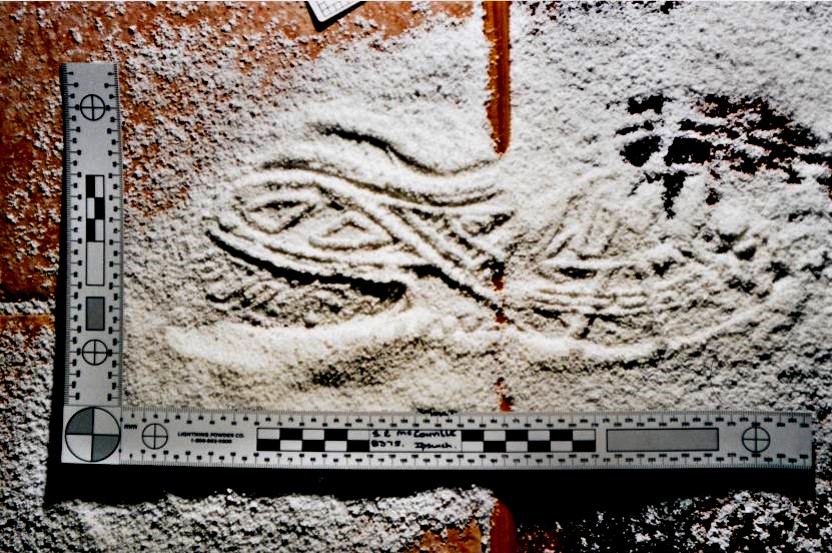
June 1999
Twilight was turning to darkness when 17-year-old Nicole* stepped off the bus and started walking towards her home in Brisbane.
It was the same route she took every day. She didn’t notice the stranger watching her, hadn’t seen him on the other days either, so she was blindsided when she felt his hot breath on her neck as he seized her and forced her into the boot of his car. He drove, and drove. She gathered her wits. Fought back. Screamed. Kicked out the tail light of his car. He stopped then, opened the boot, said something, she doesn’t recall what. She noticed a thick roll of packaging tape in his hand.
“Are you going to tie me up with that?” she said. “Please don’t.”
There was something about her manner which softened his resolve. He invited her to sit in the front seat, placing the packaging tape on the seat between them. He started to drive again. Nicole spotted a knife in the centre console.
“Are you going to kill me?”
“Nope.” He grabbed the knife and threw it out of the car window. “I’m not gonna kill you.”
But he indicated, in crude terms, that he still intended to tie her up and rape her. Nicole cast about for a means of escape. A diversion. She offered the man some cannabis. The gesture seemed to calm him down. After driving still further, he released her, without causing her further harm. When police located her abductor, he pleaded guilty to a charge of having assaulted Nicole with intent to rape her, and with having detained her against her will with intent to carnally know her. He was sentenced to five years’ imprisonment. Though prison authorities opposed his early release to parole in 2002, he was back out in in the community in less than three years.
31 August 2004
It wasn’t like Nina Lewis not to show up for work. Unable to reach her by phone that Tuesday, Nina’s boss at the Goodna Cash Converters and two workmates went around to her home in the Ipswich suburb of Leichhardt. There, they found her car missing, her front door unlocked, and the house in disarray. Telephone logs show that Nina’s concerned colleagues called police at 2.48pm.
The officers who came out to take the missing person’s report shared Nina’s colleagues’ sense of dread. Toilet rolls, an opened packet of washing powder and a doona had been used to block up the overflowing spa bath. Hot water flooded the house. Condensation clung to the ceiling. Undissolved laundry powder was scattered on the tiled and wooden floors. The double bed had been stripped of linen, and pillows and cushions haphazardly piled atop the mattress. Though the house had been ransacked, Lewis’s mobile phone, wallet and handbag, sat untouched on the kitchen table. Cash lay on the floor, in plain sight, responding officers noted. Whatever this bizarre scene was about, it wasn’t money.
But something of a story was starting to take shape. The scattered laundry powder and flooded floors suggested that whoever had done this had desperately wanted to wash away the physical evidence. This, in turn, revealed an understanding of the importance of forensic evidence to police investigations. Worldwide, investigators report that crime scenes increasingly bear the tell-tale marks of their architects’ forensic awareness. Gloves are worn to avoid leaving fingerprints. DNA-destroying bleach is used to clean up blood. Bodies are dumped to delay their discovery. Television crime dramas are sometimes blamed for increasing levels of forensic awareness – the so-called CSI effect. Some have even called for shows such as Waking the Dead and Silent Witness to stop giving the secrets of forensic science away. However, another explanation is that the forensically aware offender has had previous brushes with the law. The British criminal profiler David Canter claimed that offenders who are able to hide their tracks have probably been in the criminal justice system before. They’ve had the opportunity to learn from their past mistakes.
Just over an hour after the first call to police was made, searchers located Nina’s missing silver Toyota Rav 4 in bushland at Wulkuraka, behind a Steggles factory, about a kilometre from her home. The inside of the vehicle had been stuffed with hay, and pillowcases and towels from Nina’s house. It also contained a pair of men’s running shoes, and numberplates which had been ripped off the vehicle, folded up and stuffed under the front seat. Scorch marks suggested that whoever had assembled this bizarre tableau had then started a fire, presumably in an attempt to send the car and its contents up in smoke. But the person responsible had then rolled up the car’s windows and shut the doors, starving the fire of oxygen. Instead of destroying evidence, the would-be arsonist had unintentionally preserved it.
Want to keep reading? This story appeared as The Killer Next Door in the March 2019 issue of the Australian Police Journal. Due to the graphic and disturbing nature of the content and images contained within it, this publication is only available by subscription. If you’d like to read the full story, however, I can email you a pdf copy. Send me a DM via Twitter @CullenDenise.
